- No products in the cart.
Clarithromycin-quinacrine tab n / 500mg film about 10 pc
$5.28
Clarithromycin-quinacrine tab n / 500mg film about 10 pc
SKU: 01455192032 Categories: Antibiotics, Antibiotics, antimicrobial, antiparasitic, Medicaments Tags: clarithromycin, QUINACRINE INN
Description
Composition
Active substance:
Clarithromycin – 500 mg.
Excipients:
Microcrystalline cellulose, corn starch, sorbic acid, sorbitan oleate, colloidal silicon dioxide, magnesium stearate, talc, croscarmellose sodium, povidone, stearic acid.
The composition of the film coating: hypromellose, titanium dioxide, propylene, quinoline yellow colorant, flavor vanilla.
Description:
500 mg Tablets: yellow film-coated tablets, oval. Color tablets on a break – white.
Product form:
Tablets, film-coated, 500 mg:
10 m abletok PVC / Al blister. 1 blister pack with a cardboard inst ruktsiey instructions for use.
Contraindications
• Hypersensitivity; • porphyria; • Lactation; • Simultaneous reception astemizole, cisapride, pimozide, terfenadine, ergotamine and other ergot alkaloids, oral midazolam, alprazolam, triazolam; • Children up to age 12 years.
Precautions – renal and / or liver failure, myasthenia gravis, simultaneous administration of drugs metabolized by the liver, simultaneous colchicine, pregnancy.
Dosage
500 mg
Indications
Vzro slym: pharyngitis, tonsillitis, acute maxillary sinusitis, acute exacerbations of chronic bronchitis, community-acquired pneumonia, uncomplicated infections of the skin and subcutaneous tissue; diss eminirovannaya infection caused by Mycobacterium avium and Mycobacterium intracellulare. In combination with omeprazole and amoxicillin / lansoprazole in a triple therapy for infections caused by Helicobacter pylori, including duodenal ulcer. In combination with omeprazole or ranitidine bismuth citrate in the form of dual therapy for the treatment of duodenal ulcer caused by Helicobacter pylori.
Children from 12 years: pharyngitis, tonsillitis, community-acquired pneumonia, acute sinusitis, acute otitis media, uncomplicated infections of the skin and subcutaneous tissue; disseminated infection caused by Mycobacterium avium and Mycobacterium intracellulare.
Interaction with other drugs
EXAMPLE from about im e s t n th n p and e m e k l and p and m p th and q, and n a and n th ka r s t at e n n s x c p e d s t a n e r n a and b of metabolized isoenzymes CYP3A, possibly increasing their relative concentrations that can enhance or prolong both therapeutic and side effects. Contraindicated in co-administration with astemizole, cisapride, pimozide, terfenadine, ergotamine and other ergot alkaloids; alprazolam, midazolam, triazolam.
From about ive Stu administered with carbamazepine, tsilo Art azole, cyclo sporinom, disopyramide, lovast Athens, methylprednisolone, omeprazole, indirect anticoagulants (including warfarin), quinidine, rifabutin, sildenafil, simvastatin, tacrolimus, vinblastine and phenytoin , theophylline and valproate (metabolized by cytochrome P450 isozymes other). Dosage adjustment is necessary and control drugs in the blood concentration.
When combined with the use astemizole, cisapride, pimozide, terfenadine may increase their concentration in the blood, increase in the interval Q-T, occurrence of arrhythmias, including ventricular tachycardia, including “pirouette” type, and ventricular fibrillation. When combined with the use ergotamine and dihydroergotamine possible acute poisoning group ergotamine preparations (vasospasm, ischemia of limbs and other tissues, including the CNS). Efavirenz, nevirapine, rifampicin, rifabutin and rifapentine (cytochrome P450 inducers) reduce the concentration of clarithromycin in plasma and weaken the therapeutic effect of the latter and, at the same time increase the concentration of 14-hydroxy-clarithromycin. When co-administered fluconazole and 200 mg daily of clarithromycin in a dose of 1 g / day may increase Css and clarithromycin AUC by 33% and 18% respectively. clarithromycin dosage adjustment is not required. When the joint application of ritonavir 600 mg / day and clarithromycin 1 g / day may be reduced clarithromycin metabolism (increased by 31% Cmax, Css at minimum and 182% AUC by 77%), complete suppression of the formation of 14-hydroxyclarithromycin. In patients with chronic renal failure require dosage adjustment: the creatinine clearance of 30-60 ml / min clarithromycin dose should be reduced by 50%, with creatinine clearance less than 30 mL / min – 75%. Ritonavir is not to be taken in conjunction with clarithromycin dose exceeding 1 g / day.
When Sovmen communities are high reception with quinidine and disopyramide possible occurrence of ventricular tachycardia type “pirouette”. Requires monitoring an electrocardiogram (increase interval Q- T), serum concentrations of these drugs. Clarithromycin increases the concentration of HMG-CoA reductase inhibitors (lovastatin and simvastatin) – risk of rhabdomyolysis. When co-administration of omeprazole and clarithromycin may increase Cmax, AUC, and half-life T1 / 2omeprazola 30%, 89% and 34%, respectively. The average pH in the stomach within 24 hours was 5.2 when receiving only omeprazole and 5.7 when receiving omeprazole together with clarithromycin. The joint appointment of clarithromycin and anticoagulants may increase the action of the latter.
When Sovmen communities are high assignment Clara romitsina sildenafil, t Lafiel hell or vardenafil (PDE-5 inhibitors) may increase the inhibitory effect on phosphodiesterase. It may require dose reduction of phosphodiesterase-5 inhibitors. When coadministered with clarithromycin, theophylline and carbamazepine, may increase the concentration of the latter in the systemic circulation. When coadministered with clarithromycin tolterodine in patients with slow metabolism via the CYP2D6 isozyme may require dose reduction in the presence of tolterodine clarithromycin (an inhibitor of isozyme CYP3A). When co-administered clarithromycin 1 g / day with midazolam (p.o.) may be increased midazolam AUC 7 times. It is necessary to avoid sharing oral clarithromycin and midazolam and other benzodiazepines are metabolized isoenzymes CYP3A (triazolam and alprazolam). In applying and midazolam (w / w) and clarithromycin may need a dose adjustment. The same precautions should be applied to other benzodiazepines that are metabolized by isoenzymes CYP3A. For benzodiazepines, which removal is not dependent on isoenzymes CYP3A (ie, m and h e n a m, n and t r a h e n a m, n o r a s e p and m) to n, and n and h e with k and z n and m ach in e of s and m and e th od to Corollary with clarithromycin is unlikely. When co-administered with clarithromycin colchicine may increase the action of colchicine. Necessary to monitor the possible development of the clinical symptoms of colchicine toxicity of sobenno in elderly patients and patients with chronic renal insufficiency tion (reported fatal cases). When co-administered clarithromycin and digoxin should be carefully monitored in the serum concentration of digoxin (development of potentially lethal arrhythmias). Simultaneous treatment of clarithromycin (normal release tablets) and zidovudine vzro slymi HIV-infected patient s pref STI can reduce Css zidovudine. Requires selection of doses of zidovudine and clarithromycin. When co-administered clarithromycin (1 g / day) and atazanavir (400 mg / day) may increase AUC by 28% atazanavir, clarithromycin 2 times, decrease AUC hydroxyclarithromycin 14- 70%. In patients with a creatinine clearance of 30-60 ml / min clarithromycin dose should be reduced by 50%. Clarithromycin at doses in excess of 1 g / day, should not be administered in conjunction with protease inhibitors. When co-administered clarithromycin and itraconazole may increase the mutual concentrations of drug in plasma. For patients receiving both itraconazole and clarithromycin, should be carefully monitored because of the possible amplification or elongation of the pharmacological effects of these drugs. When simultaneous administration of clarithromycin (1 g / day) and saquinavir (soft gelatin capsules of 1200 mg 3 times a day) may be increased AUC and Css saquinavir 177% and 187%, respectively, and 40% of clarithromycin. When communities are high Sovmen designating these two drugs for a limited time in doses / dosage forms listed above, the dose correction is not required. When co-administered with verapamil may decrease blood pressure, bradyarrhythmias and lactic acidosis.
Overdose
Symptoms: abdominal pain, nausea, vomiting, diarrhea.
Treatment: gastric lavage, supportive therapy. Is not removed when hemo or peritoneal dialysis.
pharmachologic effect
Pharmacological group:
Antibiotic, macrolide.
Pharmacodynamics:
Semi-synthetic, macrolide antibiotic with a wide spectrum of action. Penalized microbial protein synthesis (binds to the 50S subunit of microbial ribosomes membrane cells). It acts on extra- and intracellularly located exciters. clarithromycin activity against most strains of the following microorganisms proved both in vitro, and in clinical practice – aerobic Gram-positive organisms: Staphylococcus aureus, Streptococcus pneumoniae, Streptococcus pyogenes; aerobic gram-negative organisms: Haemophilus influenzae, Haemophilus parainfluenzae, Moraxella catarrhalis, Legionella pneumophila; other microorganisms: Mycoplasma pneumoniae, Chlamydia pneumoniae; Mycobacterium: Mycobacterium avium complex (MAC), a complex comprising: Mycobacterium avium and Mycobacterium intracellulare, Helicobacter pylori. Beta-lactamase does not affect the activity of clarithromycin.
The activity of clarithromycin in vitro – aerobic gram-positive microorganisms: Listeria monocytogenes, Streptococcus agalactiae, Streptococci Group C, F, G, Streptococci Group viridans, aerobic gram-negative organisms: Neisseria gonorrhoeae, Bordetella pertussis, Pasteurella multocida, anaerobic gram-positive bacteria: Clostridium perfringens, Peptococcus niger, Propionibacterium acnes; anaerobic gram-negative microorganisms: Bacteroides melaninogenicus; spirochete: Borrelia burgdorferi, Treponema pallidum; Mycobacteria: Mycobacterium leprae, Mycobacterium chelonae; Campylobacter: Campylobacter jejuni.
Microbiologically active metabolite clarithromycin – 14 (R) – hydroxyclarithromycin twice more active than the parent compound towards Haemophilus influenzae. Clarithromycin and a metabolite thereof in combination may have as an additive or synergistic effect on the Haemophilus influenzae in vitro and in vivo, depending on the strain of bacteria.
Most strains of staphylococci resistant to methicillin and oxacillin resistant to clarithromycin. Perhaps the development of cross-resistance to clarithromycin and other macrolide antibiotics, as well as lincomycin and clindamycin.
Pharmacokinetics:
Fast absorption. Food slows the absorption without significantly affecting bioavailability. Bioavailability of Tablets of 250 mg – was about 50%. Relationship to plasma proteins – 65-75%. After receiving a single recorded maximum concentration peak of 2 – C m a x. The second peak due to the ability of the drug to accumulate in the gallbladder followed by gradual or fast entry into the intestine, and absorption. . The time to reach maximum concentration (TSmax) when receiving 250 mg – 3.2 hours after oral administration of 20-30% of the dose of clarithromycin rapidly hydroxylated in the liver by cytochrome P450 isozymes: CYP3A4, CYP3A5 and CYP3A7 to form the primary metabolite -14 (R) -gidroksiklaritromitsina having pronounced antimicrobial activity against Haemophilus influenzae. It is an inhibitor of isozyme CYP3A4, CYP3A5 and CYP3A7. With regular use of 250 mg a day equilibrium concentration (Css) of the unchanged drug and its major metabolite – 1 and 0.6 ug / ml, respectively. The half-life (T1 / 2) – 3-4, and 5-6 hours, respectively. Increasing the dose to 500 mg / day equilibrium concentration (Css) of the unchanged drug and its metabolites in plasma and -2,7-2,9 0,83-0,88 g / ml, respectively. At therapeutic concentrations accumulate in the lungs, skin and soft tissues (which is 10 times higher than in blood serum content concentration). Excreted by the kidneys and in the intestine (20-30% – in unmodified form, the rest in the form of metabolites). When the single dose of 250 mg is released by the kidneys 37.9%, through the intestine – 40.2%. In chronic renal failure increases the time to reach maximum concentration (TSmax), maximum concentration (Cmax) and area under the curve “concentration-time» (AUC) clarithromycin and its metabolite.
Pregnancy and breast-feeding
Safety of application of clarithromycin in pregnant and lactating women have not been studied. Use in pregnancy (especially in I trimester) is possible only if the potential benefit to the mother outweighs the potential risk to the fetus and / or no safer alternative therapy drugs.
If pregnancy occurs during st of the drug, the patient should be warned of the possible risks to the fetus. It is known that clarithromycin is excreted in breast milk. During the period of lactation should decide on the abolition of breastfeeding.
Conditions of supply of pharmacies
By prescription.
side effects
From the nervous system: headache, dizziness, anxiety, insomnia, “nightmarish” dream, convulsions, depression; disorientation, hallucinations, psychosis, depersonalization, confusion. • From the digestive system: dyspepsia, nausea, vomiting, gastralgia, diarrhea, stomatitis, glossitis, candidiasis of the oral mucosa, tongue color change, and the teeth of Stryi pancreatitis, increased activity of STI “liver” transaminases,
hepatocellular and cholestatic hepatitis, cholestatic jaundice, rarely – pseudomembranous colitis, hepatic failure fatal in SIC amid severe concomitant disease and / or concomitant medication. • Cardio-vascular system: ventricular tachycardia, including type “pirouette” flutter and ventricular fibrillation, increasing the interval Q – T in ECG. • From the senses: the noise, ringing in the ears, changes in taste (dysgeusia); in rare cases – loss of hearing that passes after discontinuation of the drug, impaired sense of smell. • From the side of hematopoiesis: rarely – thrombocytopenia (unusual bleeding, hemorrhage). • From the urinary system: interstitial nephritis. • From the laboratory parameters: leukopenia, hypercreatininemia, hypoglycemia (including while receiving hypoglycemic agents). • Allergic reactions: skin rash, pruritus, urticaria, flushing of the skin, malignant erythema multiforme (Stevens-Johnson syndrome), toxic epidermal necrolysis, anaphylactic reactions. • Other: myalgia, secondary infections (microbial resistance development).
special instructions
In the presence of chronic liver disease must regularly monitor enzymes in serum.
From about ive Stu administered on a background of drugs metabolized by the liver (recommended to measure their concentration in the blood). In the case of concomitant administration with warfarin or other indirect anticoagulants is necessary to monitor the prothrombin time. With the development of secondary infection should be adequate therapy. If you encounter during or after the treatment of severe and prolonged diarrhea should exclude the diagnosis of pseudomembranous colitis, which requires immediate discontinuation of the drug and appropriate treatment.
Storage conditions
In a dry, dark place at a temperature not higher than 25C.
Keep out of the reach of children.
Dosing and Administration
Inside, the tablet taking of meals;
Vzro slym: with pharyngitis and tonsillitis caused by Streptococcus pyogenes – 250 mg for 10 days every 12 hours, acute sinusitis – 500 mg for 14 days every 12 hours; at exacerbation of chronic bronchitis caused by Haemophilus influenzae – 500 mg for 7-14 days every 12 hours; caused by Haemophilus parainfluenzae – 500 mg for seven days every 12 hours; caused by Moraxella catarrhalis, Streptococcus pneumoniae -by 250 mg for 7-14 days every 12 hours; community-acquired pneumonia caused by Haemophilus influenzae – 250 mg for seven days every 12 hours; caused by Streptococcus pneumoniae, Chlamydia pneumoniae, Mycoplasma pneumoniae – 250 mg for 7-14 days every 12 hours; uncomplicated infections of the skin and subcutaneous tissue, caused by Staphylococcus aureus, Streptococcus pyogenes – 250 mg for 7-14 days every 12 hours; In the treatment of infections caused by Mycobacterium avium prescribed orally 500 mg 2 times a day. Duration of treatment – 6 months or more.
Adults with the aim of eradication of Helicobacter pylori in combination with other drugs: clarithromycin – 500 mg, lansoprazole – amoxicillin and 30 mg – 1000 mg, all medicines 2 times a day for 10-14 days; clarithromycin – 500 mg of omeprazole – 20 mg, and amoxicillin – 1000 mg, all medicines 2 times a day for 10 days; clarithromycin – 500 mg 3 times a day, omeprazole – 40 mg per day for 14 days, with the purpose of omeprazole for the next 14 days in a dose of 20 mg per day. In patients with chronic renal failure (creatinine clearance less than 30 mL / min and concentration of serum creatinine 3.3 mg / 100 ml) dose reduced by 2 times or increase the interval 2 times. The maximum duration of treatment in this patient group – 14 days.
D e t i m s 1 2 l e m and m and s with a nd t e L a b o n e e March 3 to z: with pharyngitis and tonsillitis caused by Streptococcus pyogenes – 250 mg for 10 days every 12 h, acute sinusitis – 500 mg for 14 days every 12 hours; community-acquired pneumonia caused by Haemophilus influenzae – 250 mg for seven days every 12 hours; caused by Streptococcus pneumoniae, Chlamydia pneumoniae, Mycoplasma pneumoniae – Po 250 mg for 7-14 days every 12 hours; with uncomplicated skin and subcutaneous tissue infections caused by Staphylococcus aureus, Streptococcus pyogenes – 250 mg for 7-14 days every 12 hours; In the treatment of infections caused by Mycobacterium avium prescribed orally 500 mg 2 times a day. Duration of treatment – 6 months or more.
Information
Appearance may differ from that depicted in the picture. There are contraindications. You need to read the manual or consult with a specialist
Additional information
| Weight | 0.100 kg |
|---|---|
| Manufacturer | QUINACRINE INN |

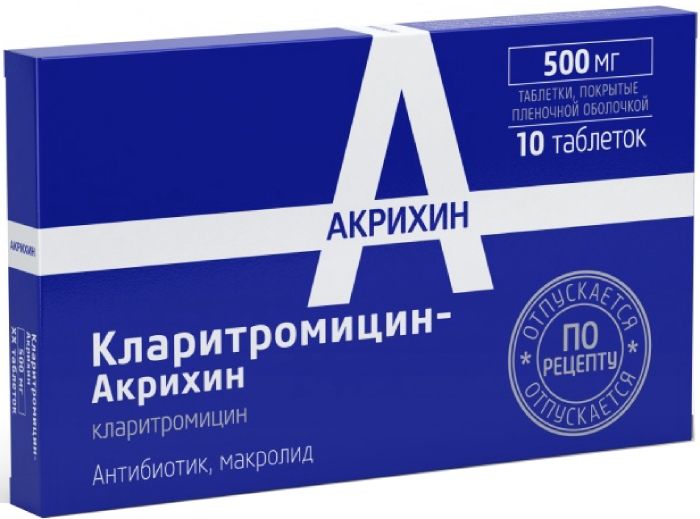
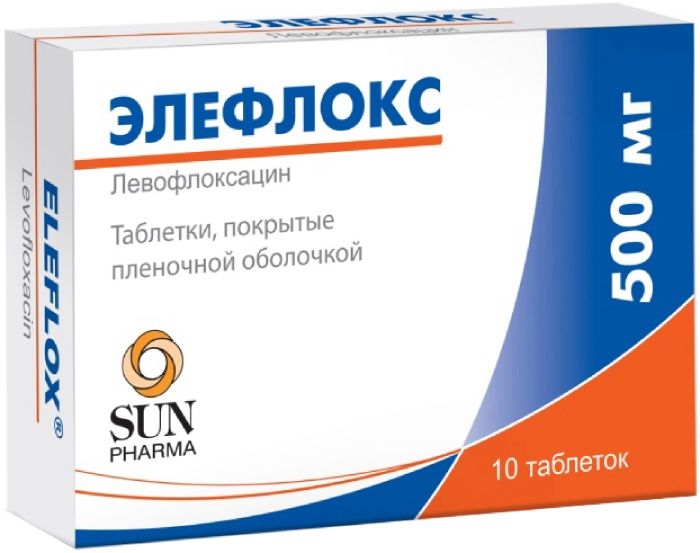
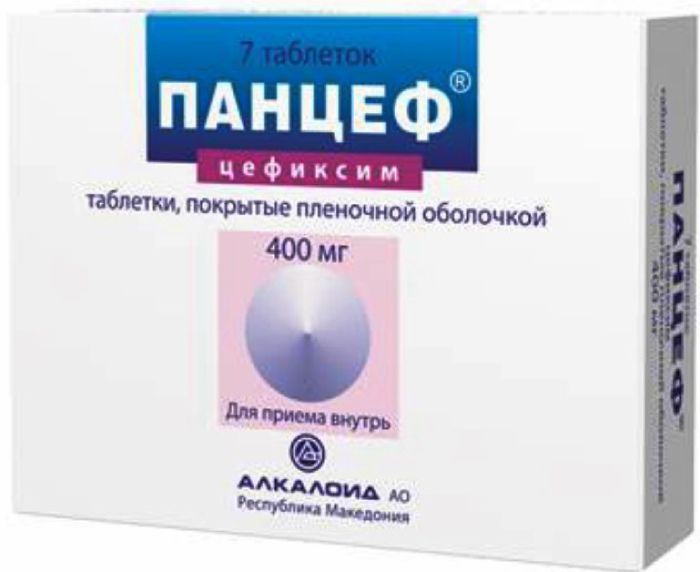
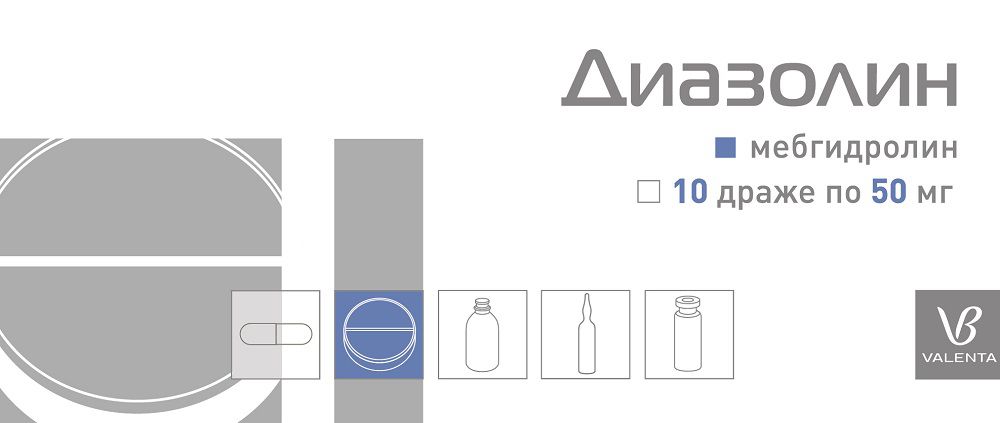

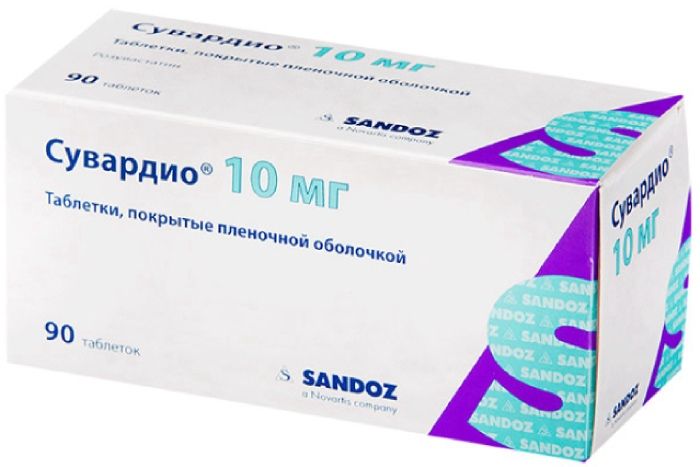

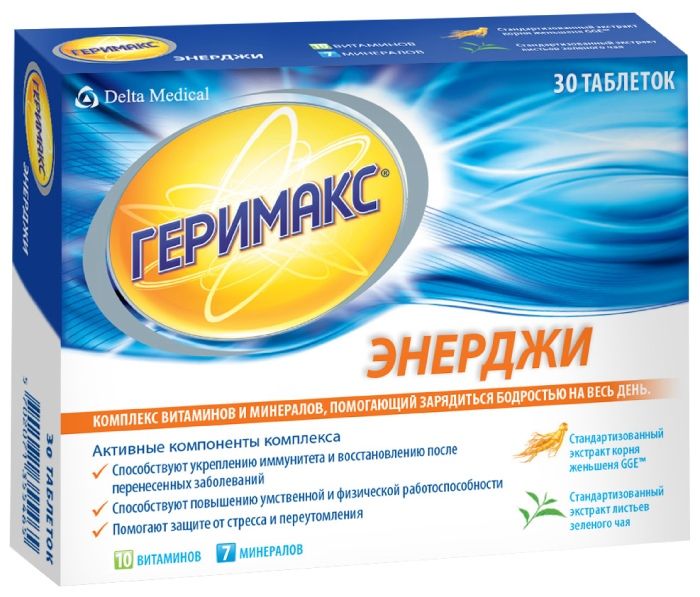
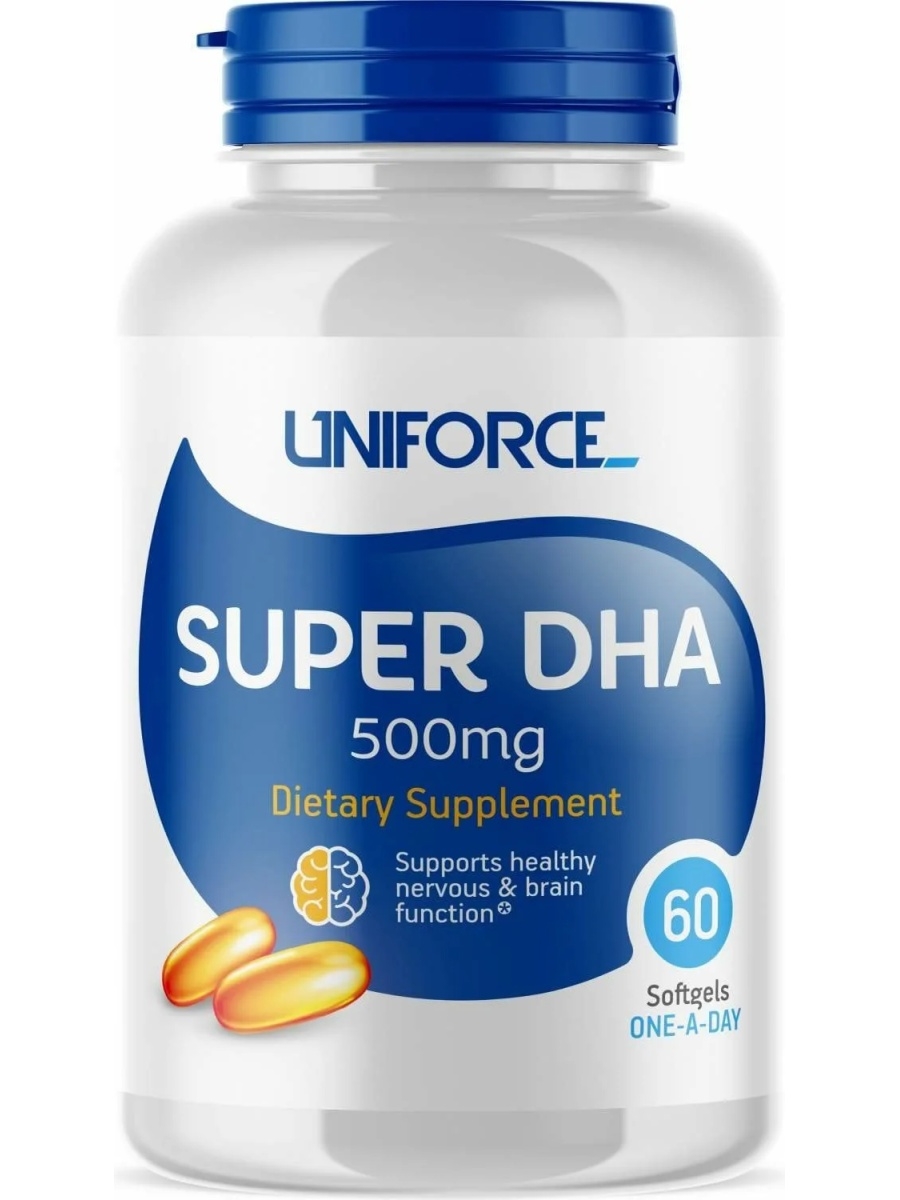




There are no reviews yet.